Although she is best known for writing the childhood classic Little Women, Louisa May Alcott was far more interested in advocating for freedom for all. Learn more about this multifaceted American author.


Although she is best known for writing the childhood classic Little Women, Louisa May Alcott was far more interested in advocating for freedom for all. Learn more about this multifaceted American author.

Alexander Hamilton was a man of many talents, abilities, and flaws. Read the article for a deeper look into this complicated founding father.

During the Civil War, when photography was a new medium, a minister and amateur historian raced to capture images of the last surviving veterans of the American Revolution.

The work of environmentalist John Muir helped create the national parks system and preserve the natural beauty throughout the country. Now some question whether his view of nature is relevant to today’s challenges.

Part of Thomas Edison’s ability to succeed came from his willingness to try things that failed. Check out the photo gallery for a slideshow of the failed inventions the article describes.

There’s no question that Edgar Allan Poe has made a lasting impression on American popular culture. This article uses the release of a movie about a dangerous obsession with Poe to take a look back at the author’s pop culture legacy.

The Renaissance Italian writer Niccolò Machiavelli explored ideas about power in his still-controversial book The Prince. His work not only influenced political leaders, though; it also influenced the work of William Shakespeare a century later.

Imagery of vision and eyes permeates Emily Dickinson’s poetry. In this article, humanities professor and physician Larry Zaroff (with Tony Chan) provides a medical rationale for one of Dickinson’s most powerful metaphors.

Once upon a time, fairy tales weren’t for children. They weren’t even written down. Read this history to learn how much fairy tales—even the ones with which we’re most familiar—have changed over time. Be sure to follow the links to older versions of the tales, and find out for yourself!

Both Mohandas Gandhi and Martin Luther King Jr. drew inspiration from the writings of Henry David Thoreau. Read the 19th-century work that lit the fires of both Indian independence and American civil rights.

Once upon a time, a seven-year-old girl named Linda Brown walked six blocks to a bus stop and then rode a bus to school, although another school was only seven blocks from her home. Check out this site to learn what happened when she tried to change schools—and succeeded.

A Nazi industrialist may not fit the usual idea of a hero, but Oskar Schindler used his wealth, charm, and connections to save the lives of over 1000 Jews during World War II.

Like many of his contemporaries, Shakespeare drew on a variety of resources for his astounding output of plays.
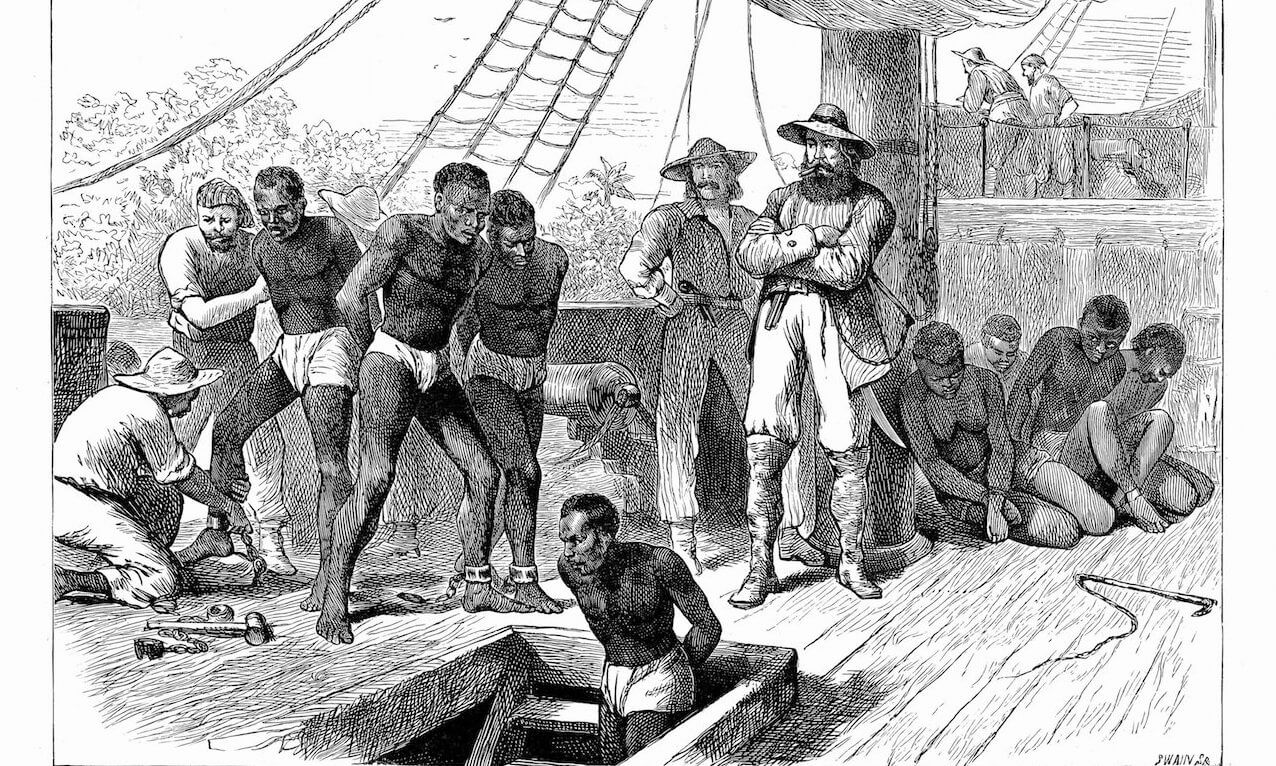
This biography outlines the life of Phillis Wheatley, who became a published poet despite being enslaved.
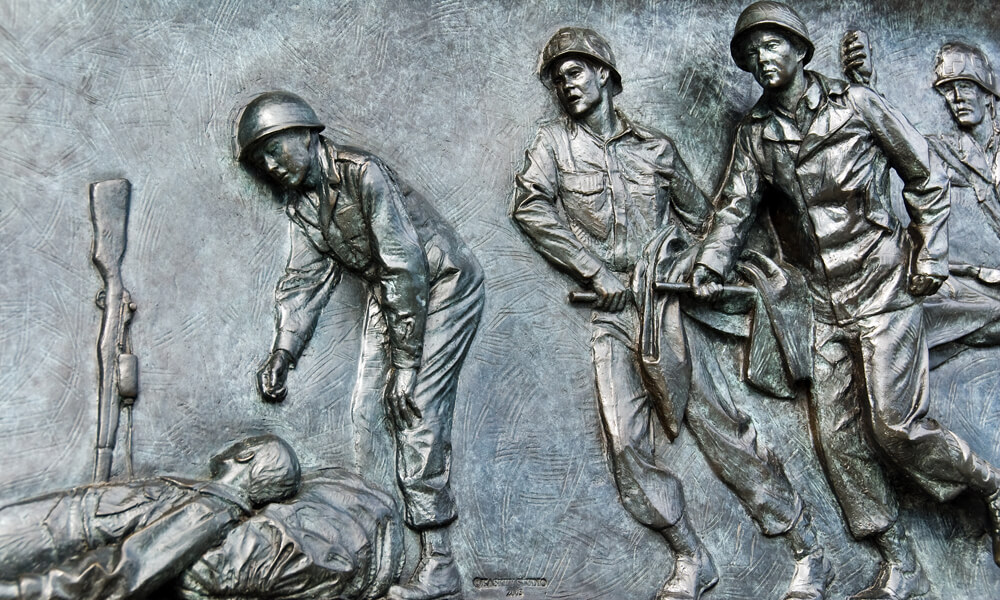
Read this article to learn about the life of Anthony Acevedo, a former U.S. Army medic who kept a diary of his time in a Nazi concentration camp as a prisoner of war.
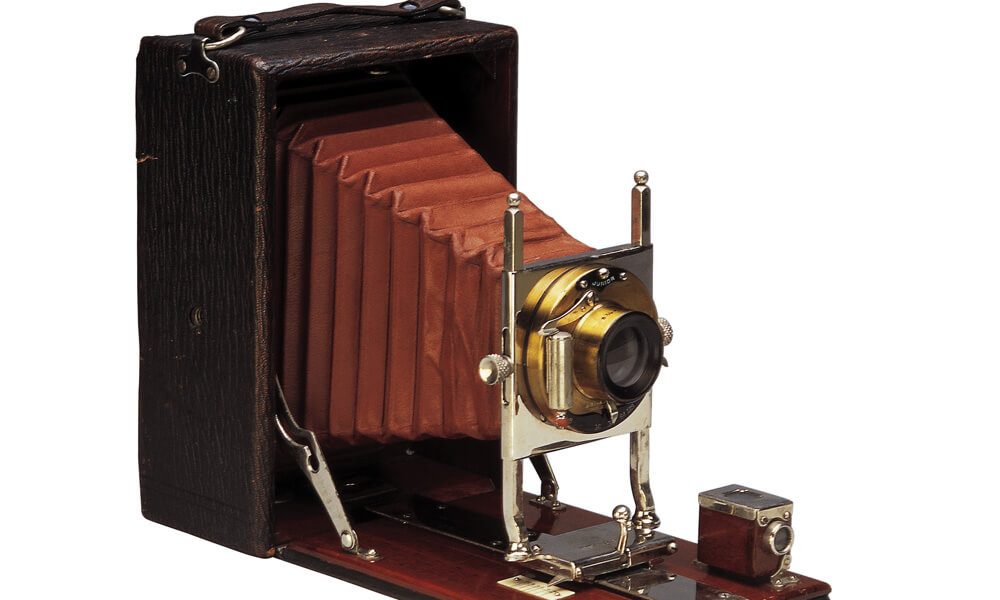
What can the camera tell us about the lives and work of famous authors? In this article, poet Mark Strand examines an 1891 photograph of Walt Whitman.
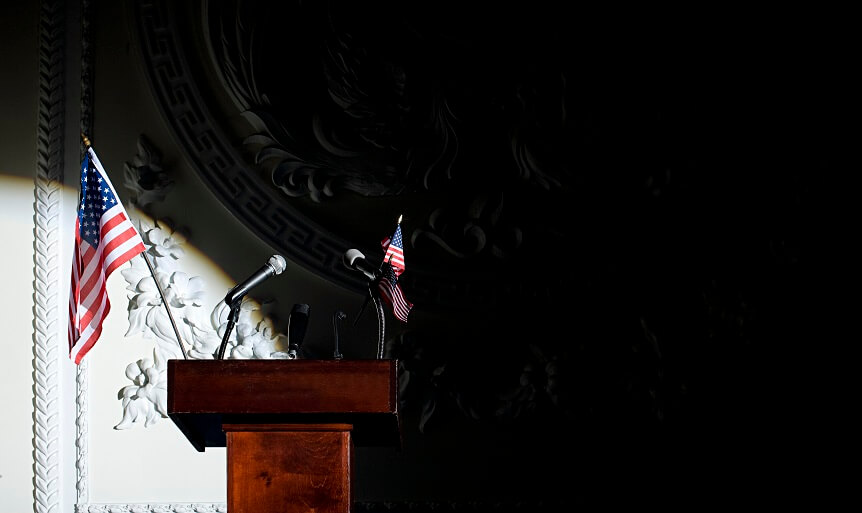
On the 50th anniversary of the assassination of Martin Luther King Jr., authors, activists, and historians share their views of his legacy.

As an anti-Federalist, Patrick Henry opposed the ratification of the Constitution. Read about his opposition to Thomas Jefferson and James Madison.
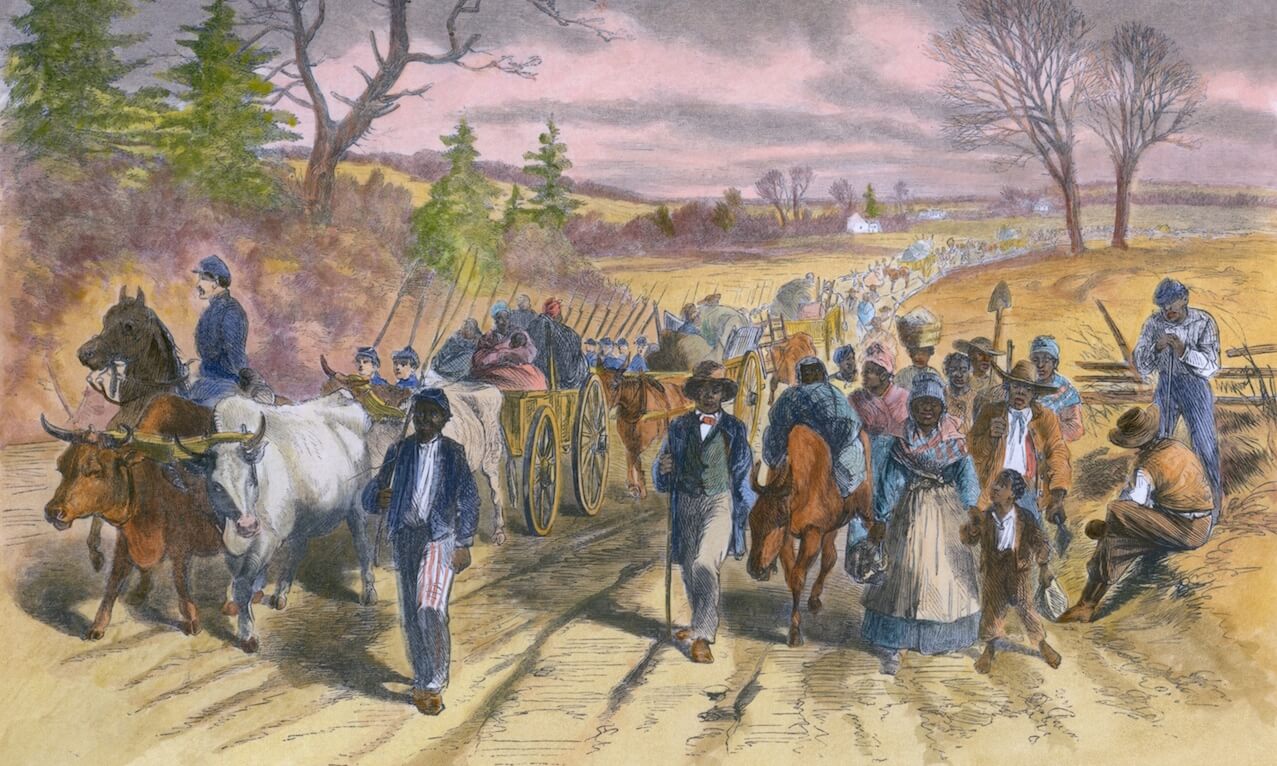
Critic Herschthal reviews historian Stephen Kantrowitz’s 2012 book about the abolitionist leaders who fought for more than just the end of slavery before and after the Civil War.
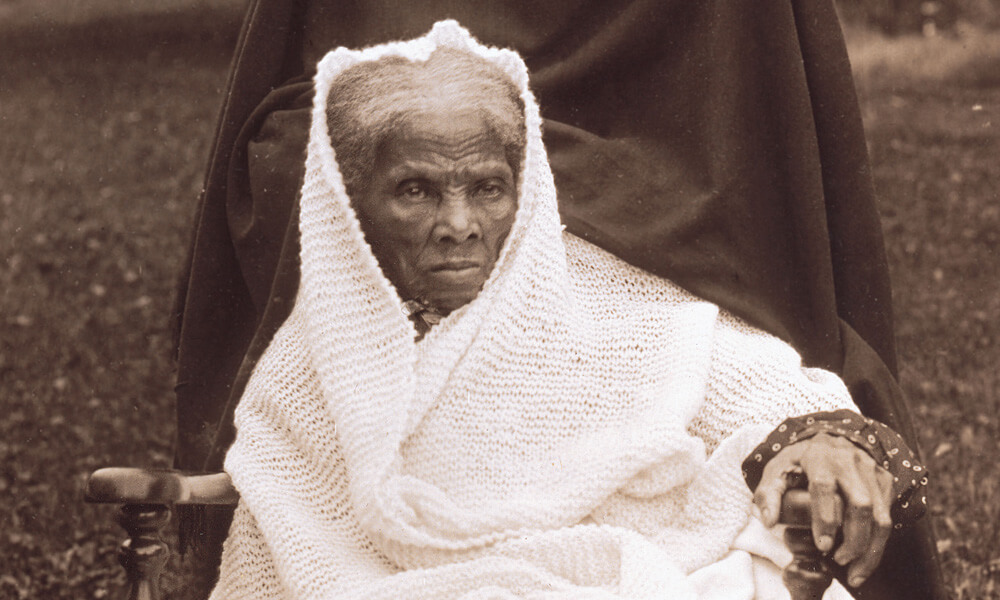
In another chapter of America’s reckoning with the history of slavery, Baltimore has removed Confederate statues from one of its parks and renamed it after abolionist Harriet Tubman.